
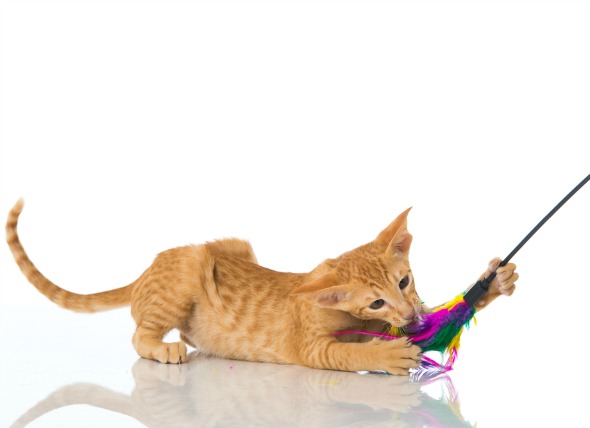
By Jessica Vogelsang, DVM
A tinny "meow," the scratchy tickle of a teensy tongue — few things are as delightful as the introduction of a new kitten to the house. Don’t be fooled, though. As small as kittens are, the number of items you can accumulate in the attempt to keep them safe and happy can fill a small mansion. If you find it overwhelming, don’t fret. Check out this checklist of vital cat supplies to have on hand before kitten comes home and you should be ready to go. The 10-story cat tree is optional.
Cats are naturally inquisitive, and a basket of cat toys will give them something to keep them occupied while sparing your shoelaces and calves from the ministrations of a bored kitten.
Toys with feathers, crunchy fillings, and catnip are very popular, as are small handheld laser pointers. Try a few different types to see which kind your cat prefers. And don’t forget to get a scratching post or two — scratching is a normal cat behavior, and training your cat to use a post early in life can spare your furniture down the road.
Cat treats are highly useful in a variety of situations: distracting kitty at the vet, getting them ready for a nail trim, or even training them for basic tricks (yes, you can train a cat to sit!). You can buy pre-packaged treats, use kitten kibble, or even make your own.
The number one key to treating a cat is to keep the pieces small. It’s easy to overfeed cats when they are so tiny to begin with, so choose your treat portions accordingly.
Growing cats need a food that is appropriate for their developmental stage. The first six months are particularly important for bone, muscle, and nervous system development, so you want to make sure to choose a food that is right for them.
Cat foods are labeled according to life stage: growth, adult maintenance, and all lifestages. Kittens should be eating a food that is labeled as either a kitten food or an all life stages food (which essentially means it is formulated for the most nutritionally-demanding life stages and less appropriate for other mature life stages). Your veterinarian is an excellent source of information as to what food will be the best for your cat!
Good water intake is also vital to your cat’s health. While a regularly cleaned bowl of water will do for most, some picky cats love the taste of running water and will enjoy the use of a feline fountain that continually recirculates filtered, aerated water.
Cats crave comfortable and secure snoozing spots. While a cat bed isn’t considered a necessity, most cats love having a soft space all their own. In addition to the standard pillow-like cat bed, there are elevated cat beds and cat beds integrated with cat trees to satisfy the feline’s natural desire for using vertical space.
Choosing a litter box is one of the most underrated decisions you will make as a cat owner. Covered or open litter box? Manual or automatic litterbox? Scented or unscented litter box? While many people choose litter boxes based on their own preferences, it’s vital to keep in mind that your cat’s preferences are the deciding factor in whether or not he or she will use it.
Unscented, low-dust clumping litters are the most widely accepted type of cat litter. Open litter boxes tend to be more accepted than closed boxes, though if you start early most cats will accept what they are given as kittens. Whatever you do, make sure the litter box is scooped daily and completely changed once a week.
If you have more than one cat, you should have extra litter boxes to avoid problems. The rule of thumb is to have n + 1 boxes in the house, where n = the number of cats.
If there is one thing you want on hand BEFORE it becomes a necessity, it’s cleaning supplies. Cats are generally fastidious, but they can get sick or make messes just like everyone else.
There are plenty of cleaning supplies on the market depending on your flooring and your preferences. Choose a product labeled "pet safe" to ensure the product is non toxic when ingested. Enzymatic cleaners, which specifically break down proteins such as the ones found in urine, are very helpful for those house training and spraying incidents.
Cats can be trained to walk outside on a leash and harness; many find this a wonderful way to explore the outdoors in a safe manner. Use a cat harness designated for this purpose. The collar can hold ID tags but should not be attached to a leash. In most cases, a harness or a collar that expands is the safest for inquisitive cats to prevent accidental stangulation.
Don’t forget a solid, comfortable cat carrier, too. Your kitten will spend a good deal of time shuttling back and forth to the vet during those first few months. Make the trip pleasant by investing in a well ventilated, easy to open and close, secure carrier with padding inside. Your cat — and your vet — will thank you.
Finally, and most importantly, before you bring that new kitty home, make sure you have established a relationship with a veterinarian. Your new four-legged bundle of fur will require ongoing care and advice from a veterinarian. Your kitten needs to be examined at least yearly by a vet even if it appears healthy, as many diseases are hidden and not apparent. Remember, it is much cheaper to prevent disease than it is to treat it!
Happy shopping!
6 Kitten Health Issues to Watch For
Six Signs it’s Time to Change Your Pet’s Food
 Making Ends Meet While Eating Healthy - You and Your Cat!
When considering the cost of feeding your cat alon
Making Ends Meet While Eating Healthy - You and Your Cat!
When considering the cost of feeding your cat alon
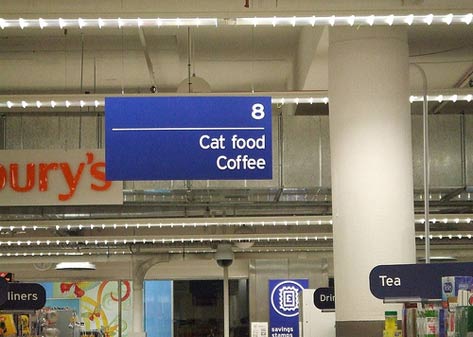 Smart Shopping For Cat Food
What Should I Feed My Cat?
What
Smart Shopping For Cat Food
What Should I Feed My Cat?
What
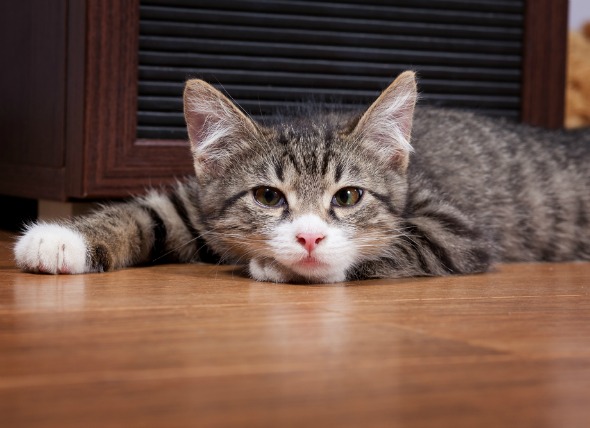 What's Wrong with My Cat?
Does My Cat Have a Behavior Issue
What's Wrong with My Cat?
Does My Cat Have a Behavior Issue
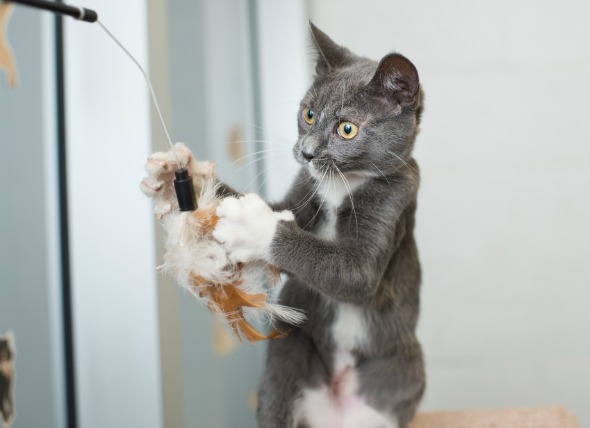 Exercising with Your Cat: A How-To Guide
Do you worry that your indoor cat is not getting enough e
Exercising with Your Cat: A How-To Guide
Do you worry that your indoor cat is not getting enough e
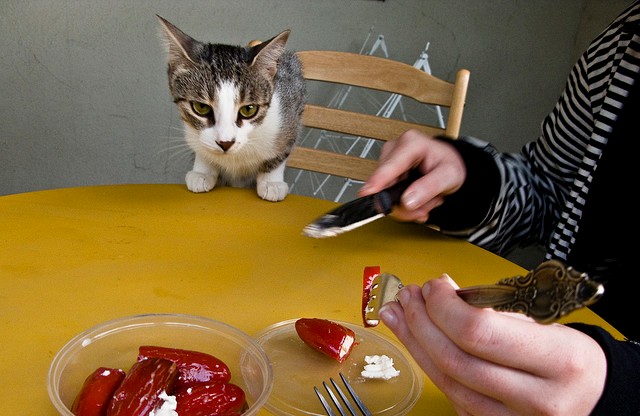 Choosing the Best Feeding Method for Your Cat
Nurturing a cat is not always as easy at i
Choosing the Best Feeding Method for Your Cat
Nurturing a cat is not always as easy at i
Copyright © 2005-2016 Pet Information All Rights Reserved
Contact us: www162date@outlook.com